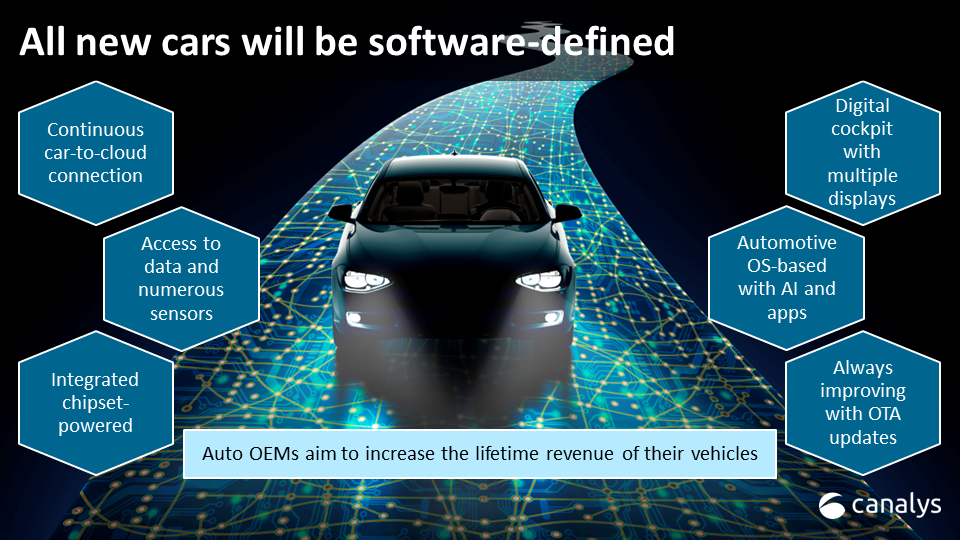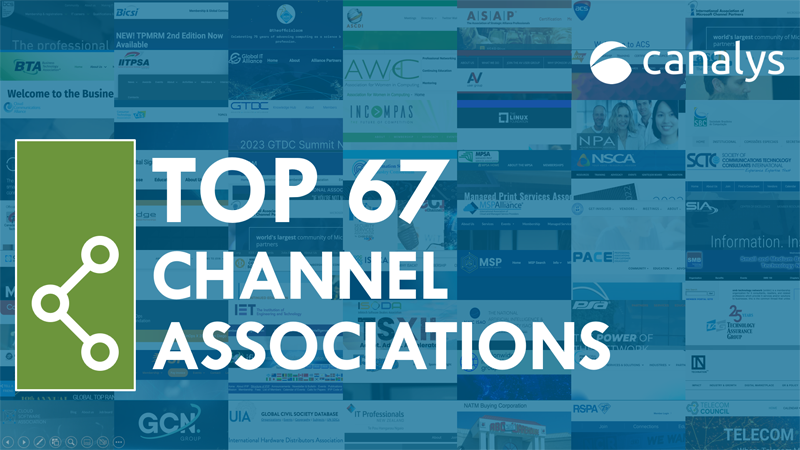
FinOps and observability key to partner opportunities in cloud in 2023 and beyond
An assessment of the impact of macroeconomic conditions on cloud and how partners need to respond.
For Amazon, Google and Microsoft, their cloud businesses continue to lead the way when it comes to overall revenue growth. The most recent results saw AWS grow by 16%, Azure grow by 27% and Google Cloud became profitable for the first time in its history, in part due to a 28% increase in sales (which makes it Google’s fastest-growing business segment). Despite this significant growth, the overall global cloud adoption rates continued to slow for the seventh consecutive quarter in Q4 2022. While cloud has continued to be the driver of digital transformation for many businesses, the shift to cloud is no longer a cost-saving decision. As cloud environments continue to sprawl and become ever more complex, businesses are struggling to manage costs, which has led them to become increasingly conservative in expanding their cloud usage. As a result, partners will need to address the breadth of their services so that they can accommodate customer demand for cost efficiencies while continuing to grow their cloud businesses in the short and long term. In line with this, cloud observability is growing to be the key trend within the public cloud in 2023. While all the hyperscalers provide cloud observability and telemetry platforms in some capacity, there is a clear opportunity for partners to drive the agenda on this topic. AWS would appear to agree and announced at the beginning of April 2023 a new cloud operations competency for its partners that emphasizes efficiency within the cloud. AWS selected 68 partners to launch this competency, including eight Global System Integrators, and not just those vendors specialized in cloud observability. These partners have had to prove they can provide solutions across five areas of cloud operations: governance, financial management, monitoring and observability, compliance, and operations management.
The growth of cloud observability can be closely tied to the emergence of FinOps as a topic. Not to be mistaken for a shortening of finance and operations, FinOps is a combination of finance and DevOps. The theory of this practice is to spread the responsibility of cloud costs from internal IT teams to the entirety of a business. To do this successfully, clear and effective tools are required to simplify a significant amount of complex cloud data. This is where key observability platforms have been finding their opportunity. Datadog is one example of a company that has taken advantage of emerging FinOps trends and has seen an increase in its revenue in 2022 of 63% year on year. Even more established brands, such as Splunk and Dynatrace, have experienced growth rates of 20% and 32% respectively. For FinOps to be most successful, the FinOps Foundation highlights six key principles that practitioners should follow:
- Teams need to collaborate.
- Everyone takes ownership of their cloud usage.
- A centralized team drives FinOps.
- Reports should be produced on time and made generally accessible.
- Decisions are driven by the business value of cloud, not its cost.
- Take advantage of the variable cost model of cloud.
These principles can be introduced at any point in a business’ cloud journey, but will, of course, be most effective when implemented at the beginning of a transition to the public cloud. This is where the opportunity lies for partners. They must leverage their experience and expertise to help their customers understand the importance of FinOps and establish it within their cloud environment, and perhaps even take on the responsibility for FinOps as a whole by offering their customers a cloud operations managed service.
Systems integrators will be particularly well positioned to support their customers in adopting these principles, leveraging their digital strategy and advisory capabilities to set out the necessary organizational changes and frameworks to ensure the effective adoption of FinOps principles. This will allow partners to assist customers in reducing their cloud spend waste while simultaneously maximizing the efficiency of their customers’ cloud environments. Similarly, MSPs also have an opportunity to broaden their cloud offerings by emphasizing FinOps and cloud operations in their cloud-managed services. This is perhaps even more important for MSPs as they are not only able to sell this service to their customers to increase their overall revenue while increasing customer ROI but by making operational improvements to cloud workloads, MSPs have an opportunity to improve their margins by reducing their own operational costs. Within these partners, analytics and AI will also be critical to the growth of cloud observability. While generative AI may be dominating the headlines, ML and AIOps will be critical topics when it comes to monitoring and improving customer cloud environments. On an enterprise scale, the amount of data being processed and stored is monumental, and effective ML and AI models are the most effective tool for identifying opportunities for efficiency. Embracing these tools and adopting them early in a customer’s cloud project will be critical for the long-term success of a customer’s cloud journey. Partners that offer these services and invest in them heavily will be best positioned to support their customers.
Ultimately, the macroeconomic conditions put cost at the front of every cloud conversation in 2023 and for the foreseeable future. Partners must leverage cloud observability and FinOps principles to support the demands of their customers in the short term but also cement the longer-term viability of their cloud offerings. Despite some short-term challenges within the tech and cloud industry, partners should remain optimistic about the long-term importance of cloud in terms of its central role in the digital transformation of businesses. By creating strong cloud observability offerings, partners will be able to mitigate customer concerns in the short term while giving them the confidence to continue to expand their cloud footprints in the longer term. By leveraging cloud observability platforms, partners and their customers will be able to build the most efficient cloud environments possible that will maximize their return on investment.
We’ll be discussing more alongside our global team of channels analysts at the Canalys Forums 2023 – on stage, in our Expert Hubs, and in breakouts and meetings. Register your interest to attend here: https://www.canalys.com/events
EMEA: 3 – 5 October | NORTH AMERICA: 13 – 15 November | APAC: 5 – 7 December
Share this article
CATEGORY
- All
- Canalys Forums
- Canalys Forums,Channels
- Canalys Forums,Channels,Partner Program
- Canalys Forums,Channels,Sustainability
- Canalys Forums,Sustainability
- Enterprise
- Market
- Market,Canalys Forums,Channels
- Market,Canalys Forums,Channels,Cloud
- Market,Canalys Forums,Channels,Sustainability
- Market,Channels,PC
- Market,PC
- Market,Smartphone
- Market,Technology,AR/XR/VR
- Market,Technology,Automotive
- Market,Technology,Canalys Forums,Channels
- Market,Technology,Canalys Forums,Channels,Cloud
- Market,Technology,Channels
- Market,Technology,Channels,Cloud,Partner Program
- Market,Technology,Smart Personal Audio
- Market,Technology,Smart Speaker
- Market,Technology,Smartphone
- Smart Personal Audio
- Smartphone
- Technology
- Technology,Canalys Forums,Channels,Security
- Technology,Channels
- Technology,Channels,Cloud,Partner Program
- Technology,Channels,Partner Program
- Technology,Unified Communications
- Technology,Wearable Band

